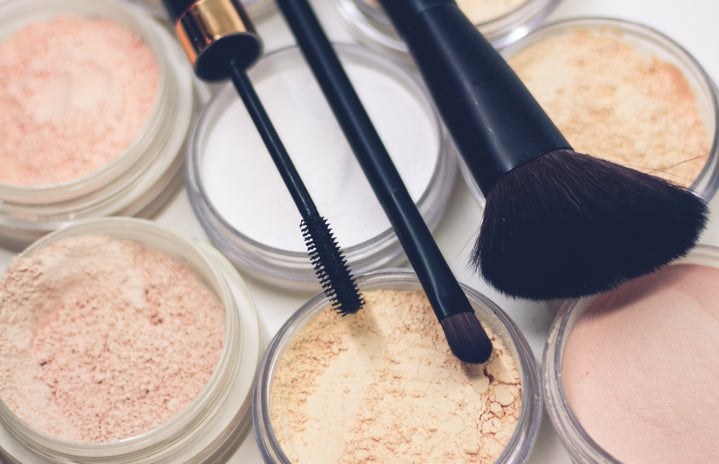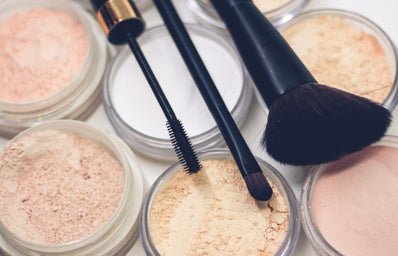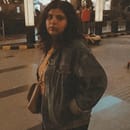The Trajectory behind Inclusive Makeup
Remember those television advertisements from when we were young? How a woman was about to get married and a marriage proposal came to her house and how she would be perfect except for having a dark complexion, and to the horror of her could be in-laws, she was hideous and was rejected by everyone because of this. Ashamed of her looks she miraculously finds a magical fairness cream and applies it to change her complexion to a fairer look and now suddenly the same derogatory people were begging her to marry their son? Yes, those fair look advertisements that promised no compromise on fairness.
The perfect life and happily ever after of those with the right shade- the utter repugnant message offered by a spawned multibillion-dollar industry in cosmetic creams and invasive procedures such as skin bleaching, laser treatments and “whitening” pills carrying tremendous consequences of cultural repercussions of theobsessive imprint of western ideals of beauty. The original complexion of hues and shades within the natural state of melanin was held responsible for a derogatory lifestyle promised with humiliation and discomfort in accepting yourself as beautiful in the eyes let alone the beholders but yours.
The redundant bias for fair skin was perpetuated by the colonial reinforcement of European standard of living with the conception of the rich elites staying indoor and the poor plebs working out to the menial jobs and hence the dark skin. The various examples of references found in cultural texts explaining the gap of class, caste and standard through skin colour. The greater speed of globalisation has led the definition of monotonous beauty standard travel all the way from western malls to the street general stores on the corner of the road.
The mindset is an echoed flaw scribbling and screeching on the back of our ears whenever we look at ourselves in the mirror to look beautiful and fair. Indian millennials, brought up with extensive body-shaming from irrelevant neighbourhood aunty to the heavy advertisement of skin white washing as an irreplaceable tool towards success and happiness soon found solace in the western conversation of inclusive beauty and acceptance. The lingua franca of beauty is now the catering of brands to a wider spectrum of races, ethnicities, genders, sizes and ages.
The inclusive beauty industry which is changing rapidly to adhere to the demands of acceptance are the actual products of tangible and dynamic expressions of socio-cultural states of regressive and pressed notions of beauty. After years of shaming from my aunt regarding my skin tone not being conventional or convenient to the model standards of beauty I tried looking for a safe place to confirm my demons of being too ugly to exist. Make up for me was a start from the end of my troubles with myself. The lack of inclusive foundation and correct shade of concealer gave me humiliation and shame on my amateur attempt on not knowing my way out. But when brands like Maybelline started a discourse about the fit me foundation with 16 shades after the immense success of Fenty Beauty with its ground breaking launch of 40- shade-strong foundation range in 2017. The demand for acceptance and inclusivity became more paramount. The real question here is how the market of Fenty or Huda would engage with the self-deprecating generation of millions of girls still whitewashed with fair and lovely and homemade remedies to get quick glow. How over the years the argument along the lines of brands encouraging inclusivity has also been called a movement of purely tokenistic intent of them jumping on the bandwagons to exploit the movement enough to pull in more monetary power and affirmation in the market. These companies were still responsible and accountable for airing problematic and skin tone-deaf advertisements which pushed the gendered expectations of the scrutinized and lamented code of beauty further into the lifestyles of women.
The gilded tyranny of conventional concept of beauty premiered on so many that left their fragile minds tainted with insecurity and lack of self-esteem. Until 2014, the Advertising Standards Council of India banned adverts depicting people with darker skin as inferior, but alas the products are still marketed, ads still appear for those skin lightening creams in commercial platforms that still fill their bellies with the warm tears mixed with natural ingredients like soy, liquorice or arbutin which interrupt the production of melanin from the body with a tinge of conceited mercury sometimes. The real struggle of inclusivity starts at home where the differential was first split in brooding shades of shame. Movements started by activists like Jameela Jamil with the I-Weigh Movement and pop culture acceptance of body positivity like Lizzo have brought international relief to so many troubled and agitated people and so something like that should be seen and given homage at home too right? Indian film star and director Nandita Das became the face to start a social movement in 2009 by the founder of Women of Worth, Kavitha Emmanuel and launched “Dark is Beautiful” a campaign initiated to celebrate “beauty beyond colour”. Where students have participated in Instagram campaigns called unfair and lovely with the #unfairandlovely hashtag which further invites several women to proudly post their photos. This conversation is meant to break choked chains of shame and inferiority that burdened women for so long, this won’t be limited to only tokenistic grandeurs of those commercial giants that still feed on loopholes which still exist today.


